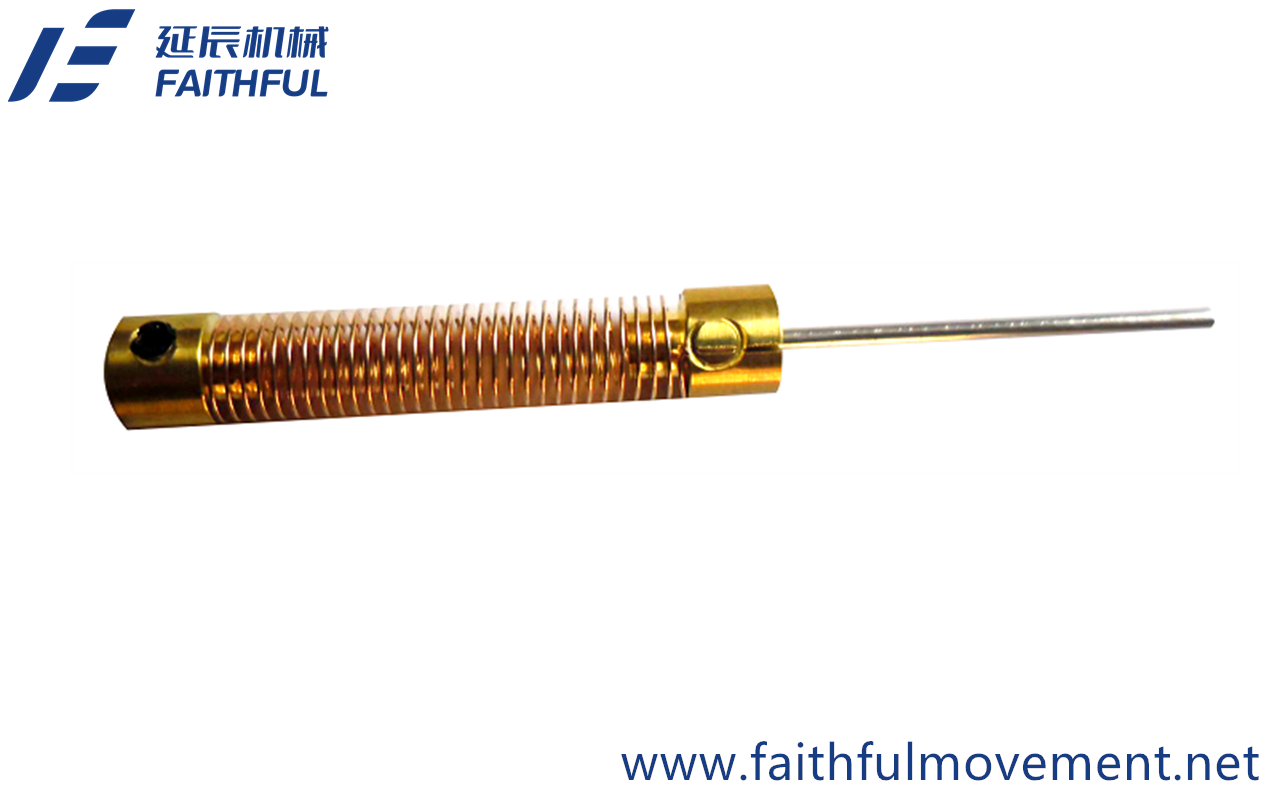Contractor Fraud: Scams, Warning Signs and Prevention Tips
How to Prepare Your Home for Spring: Seasonal Home Maintenance Checklist Pressure Gauge

10 Smart Home Devices for Home Automation
What Are Car Shocks and Struts?
Top 6 Tips for Cracked Windshield Prevention and Repair
What to Do in a Hit-and-Run Accident
What is a Business Plan and Why is it Important?
How to Sell at a Farmers Market
10 Tips for Buying a Business Car
Your Financial Literacy: Building a Strong Foundation Against Financial Misinformation
How to Make Extra Money: The 13 Best Side Hustles
How to Make Extra Money: The 13 Best Side Hustles
How to Move Your Pets into a New Home
How to Paint an Aluminum Boat
Enter your email below to receive occasional updates in your inbox.
From a safety and cost standpoint, tire maintenance is one of the most important things you can do for your car. The easiest way to care for your tires is both quick and inexpensive: maintain the correct tire pressure.
Because maintaining your tires is so crucial to your safety and your car’s overall performance, it’s important to know what tire pressure is correct for your vehicle. The recommended pressure for tires varies by the type of car and tire. If possible, it’s advised to check the pressure while the tires are cold because driving generates heat and increases the tire pressure.1
Protect yourself and your vehicle with an auto insurance policy from Nationwide. Learn about what we cover and see how you can save on a policy today.
To learn what your tire pressure should be, look for your manufacturer’s recommendation, which is printed on a label inside your car. Depending on the vehicle, this label may be on the edge of the vehicle’s door, on the doorpost, or in the glove box.
The label will usually give recommendations for the front and rear tires as well as the spare, and it’s important that you stick to those guidelines. Even after you’ve replaced your tires, the same pressure guidelines on your car’s label apply to new tires of the same size.
Pressure recommendations are based on readings taken from a tire pressure gauge. To get a proper measurement, check the pressure first thing in the morning or wait at least 3 hours after driving; this provides sufficient time for the tires to cool down.2
Driving on underinflated tires is one of the biggest causes of tire failure, according to the National Highway Traffic Safety Administration. And not having enough air in your tires can lead to other problems. Underinflated tires wear out more rapidly, handle poorly, and reduce fuel efficiency. Overinflated tires are more susceptible to damage from road irregularities, and they also result in a bumpier ride. Overfilling your tires is just as dangerous as underfilling them, so it’s important to know what is recommended for your vehicle.
For example, if your recommended psi (pounds per square inch) is 35, then the absolute lowest you should let your tires get before adding air is 31.5 psi. However, you have a little more flexibility with adding air, as you can overinflate your tires by about 10% without worrying much. In this same instance, when the recommended psi is 35, the maximum pressure you can reach without the danger of blowing out a tire is 44 psi.3
Both under- and overinflating tires can negatively impact how well your car drives. If your tires are underinflated, this can cause vibrations in the steering wheel and poor fuel economy, resulting in more trips to the gas station. However, overinflating tires can result in a rougher drive, where you feel every bump in the road. It can also cause excessive wear on the tires over time, which could increase the likelihood of a car accident.4
Knowing how to check tire pressure is critical to your safety and to keeping your tires in good working order.
When it comes to choosing a gauge, you typically have 3 options:
Insert the pressure gauge into the valve stem, making sure the gauge is evenly and firmly pressed onto the stem. If you’re using a stick-type gauge, read the number on the rod that pops out of the sleeve. Read dial pressure gauges as you would a watch with one hand. With a digital pressure gauge, simply read the number on the screen.5
Find your tires’ recommended psi in the owner’s manual or on a sticker just inside the driver’s side door. The proper psi is crucial to your safety and the car’s longevity. Underinflated tires can overheat and wear unevenly; overinflated tires can blow out.2
Temperature has a direct effect on your tires’ air pressure, so for an accurate psi reading, make sure to check the pressure when tires are cold. If it’s cold outside, then you can assume your tires are losing psi and you should check even more frequently. This will help to ensure maximum safety and tire performance.6
If you happen to find yourself without a tire gauge and your car doesn’t have an indicator for low tire pressure, there are several things you can do to figure out whether your tires need to be inflated.
Of course, knowing your recommended psi isn’t enough. You must ensure that you’re checking your tires regularly. It’s recommended that you check air pressure once a month. Your car’s tire pressure monitoring system (TPMS) measures the amount of air in your tires to let you know whether your tires are properly inflated.2
Frequently checking your psi becomes even more important in the fall and winter, when outside temperatures drop and weather conditions fluctuate, causing your tires to lose pressure more quickly. Generally, your tire will gain or lose 1 psi for every 10-degree change in temperature, which means if you have a sudden drop of 30 degrees, you could lose 3 psi overnight. If your tires were already low, this could cause tire damage, steering problems or even a flat tire.6
We’ve already covered weather causing your tire pressure to decrease, but there are a multitude of other factors as well. Altitude changes, load weight, permeation and road hazards, such as small nails or screws, can all cause a drop in air pressure.8
Knowing and maintaining the right air pressure is important to the safety and longevity of your tires. All it takes is a tire pressure gauge and a few minutes of your time.
Once you have the right tire pressure, make sure you also have the right coverage. Learn more about how Nationwide auto insurance can help protect you and save you money.
[1] “How to Check Tire Pressure With a Tire Pressure Gauge,” bridgestonetire.com/learn/maintenance/how-to-check-tire-pressure/ (accessed August 2, 2023).
[2] “Recommended Tire Pressure for Your Tires,” pirelli.com/tires/en-us/car/driving-and-tire-tips/how-to-read/recommended-tire-pressure (accessed August 2, 2023).
[3] “What’s the acceptable range for over- and under-inflation of tires?” sandiegouniontribune.com/cars/story/2020-04-05/whats-the-acceptable-range-for-over-and-under-inflation-of-tires (accessed August 2, 2023).
[4] “The Effects of Over or Under Inflated Tires,” roboticsandautomationnews.com/2022/08/04/the-effects-of-over-or-under-inflated-tires (accessed August 2, 2023).
[5] “Tire Pressure Gauges,” Gene Peterson, consumerreports.org/tire-pressure-gauges/choosing-the-best-tire-pressure-gauge (accessed August 2, 2023).
[6] “Should I Inflate My Tires in Cold Weather?” firestonecompleteautocare.com/blog/tires/should-i-inflate-tires-cold-weather (accessed August 2, 2023).
[7] “How to Check Car Tire Pressure without a Gauge,” rxmechanic.com/how-to-check-tire-pressure-without-gauge (accessed August 2, 2023).
[8] “Correct Air Pressure,” discounttire.com/learn/tire-pressure (accessed August 2, 2023).
The information included here is designed for informational purposes only. It is not legal, tax, financial or any other sort of advice, nor is it a substitute for such advice. The information might not apply to your specific situation. We have tried to make sure the information is accurate, but it could be outdated or even inaccurate in parts. It is the reader’s responsibility to comply with any applicable local, state or federal regulations. Nationwide Mutual Insurance Company, its affiliates and their employees make no warranties about the information nor do they guarantee results, and they assume no liability in connection with the information provided. Nationwide and the Nationwide N and Eagle are service marks of Nationwide Mutual Insurance Company. © 2023 Nationwide
Have you ever driven over a bump or a pothole in the middle of the road and your car handled it smoothly with you in control of the wheel? That’s...
All it takes is one small chip in the windshield before it becomes a full-fledged crack. Even though a chip may appear small, it can quickly become a more serious...
A car accident can be a very traumatic and stressful event in your life, especially if the other person involved flees the scene. Unfortunately, this happens more than you might...

Water Column Manometer © 2024 Products underwritten by Nationwide Mutual Insurance Company and Affiliated Companies. Not all Nationwide affiliated companies are mutual companies, and not all Nationwide members are insured by a mutual company. Subject to underwriting guidelines, review, and approval. Products and discounts not available to all persons in all states. Nationwide Investment Services Corporation, member FINRA. Home Office: One Nationwide Plaza, Columbus, OH. Nationwide, the Nationwide N and Eagle, and Nationwide is on your side are service marks of Nationwide Mutual Insurance Company.